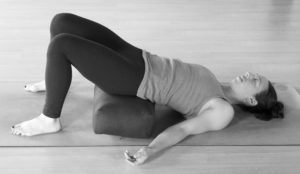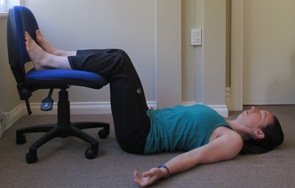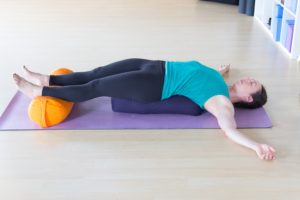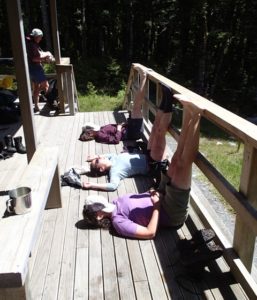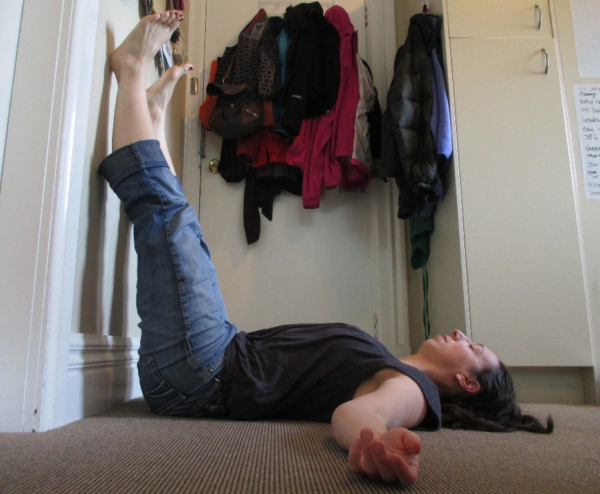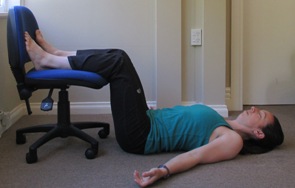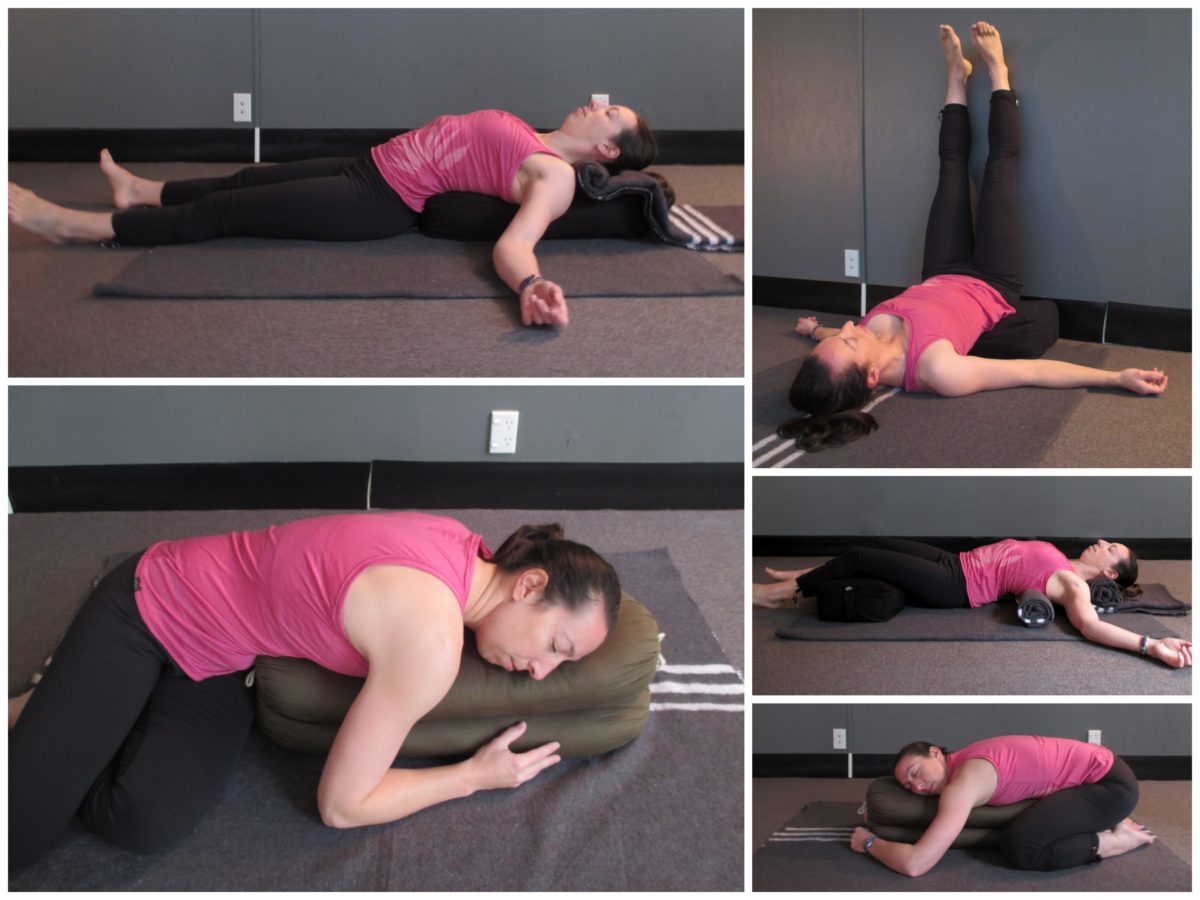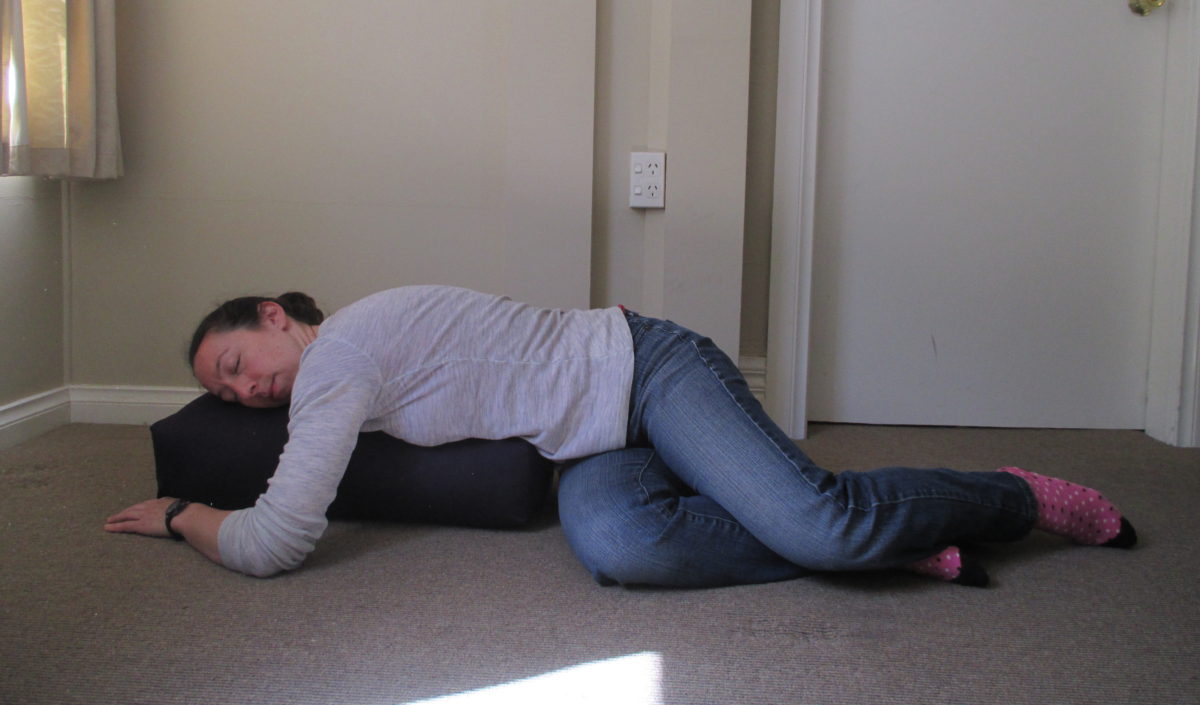The rest and digest response is often referred to as the opposite of fight or flight. These are the familiar terms we use to describe parts of the autonomic nervous system. The autonomic nervous system is, you guessed it, autonomous! That means it generally operates unconsciously or involuntary. It regulates a number of body functions and helps control that fight or flight response.
So why does it matter?
Fight and flight may be more familiar as our body’s physiological response to stress. That stress could be internal like a difficult conversation or external like being in a car accident. And the stress can be ongoing and chronic, like staying at a stressful job for years or acute, like nearly stepping off the kerb when a car is coming.
Fight or flight – sympathetic nervous system
Regardless, our body has an automatic response to stress called the sympathetic nervous system. Our body responds by increasing blood pressure, heart rate and breathing rate and directing energy away from less important functions like digestion. The purpose is to help the body prepare to respond to the stress.
Rest and digest – parasympathetic nervous system
The opposite response, often called, rest and digest, is known as the parasympathetic nervous system (PNS). This is the automatic response that tells the body it is safe to focus on recovery and involves lowering blood pressure, breathing rate and heart rate as well as triggering other functions like digestion. In short, when we trigger the parasympathetic nervous system, it’s like flipping on the switch that tells the body to relax and focus on recovery.
How to trigger the rest and digest response?
These response are automatic, but you can trigger them. Breathing practices, meditation and some yoga poses can help trigger the PNS. They work by giving the body physiological cues that it should move into the rest and digest state. This happens when we use these practices to slow our breathing rate or influence blood flow and blood pressure.
Yoga poses that raise the body above the head, help change blood flood in a way that can trigger the rest and digest response (for the science behind this, check out Why You Should Love Your Baroreceptors from Yoga for Healthy Aging).
These yoga poses are often referred to as inversions. There is a wide range of poses and luckily you don’t need the extreme versions to achieve the results. Here are a few of my favourites – click on the image for more information.
Also see my articles on breathing and meditation to see other ways to trigger the rest and digest response.

